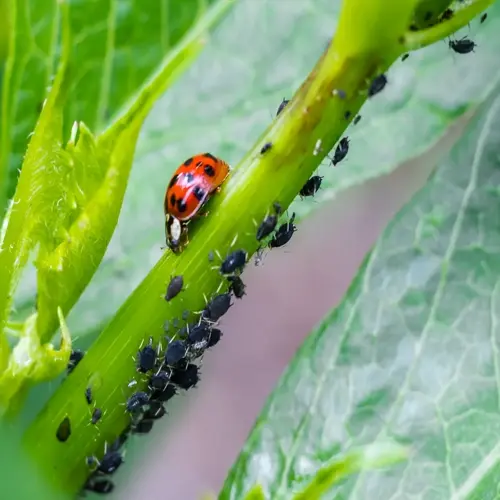What disadvantages exist with cover cropping?

Written by
Tina Carter
Reviewed by
Prof. Samuel Fitzgerald, Ph.D.Cover cropping provides tremendous advantages but also presents some manageable challenges. Up-front costs and learning curves demand planned carefulness. I've been able to overcome those hurdles in my farming practices. Having awareness of the possible downsides prepares you to use covers effectively while taking full advantage of their benefits.
Establishment Costs
- Seed and planting expenses increase initial investment
- Solution: Start small with low-cost options like rye or oats
- Long-term input savings offset costs within seasons
Moisture Management
- Cover crops consume water during establishment
- Solution: Select drought-tolerant species in arid regions
- Terminate before cash crop planting prevents competition
Management Complexity
- Termination timing requires precise scheduling
- Solution: Use winter-kill species for easier management
- Simple mixes reduce operational complexity initially
The initial investment costs are the most frequent barrier. Seed prices vary widely depending on species. Choosing wisely, such as cereal rye, yields a substantial amount of biomass at a low cost. I can often recover the cost in two seasons by spending less on fertilizers. The long-term benefits will far outweigh the short-term costs.
Although short-term challenges arise, long-term soil enhancements are beneficial. Following the inaugural year, moisture retention remains improved. Erosion reduction will minimize the costly labor associated with maintaining plant cover. My personal experience yields 20% lower input costs after establishing a cover crop system. Growing successful, productive landscapes pays for itself.
For the easiest management, start with winter-kill species using oats. They die naturally from cold temperatures, which also eliminates the need for termination. This ensures you gain confidence while providing erosion control. As soil health improves significantly, your experience grows stronger season after season.
Collaborate with local extension services for regionally relevant advice. They also offer cost-share programs and technical assistance. My first successful cover crop was the result of an extension recommendation. Transitioning is easier with technical assistance, particularly tailored to your local situation.
Read the full article: Cover Cropping Benefits for Sustainable Farming

